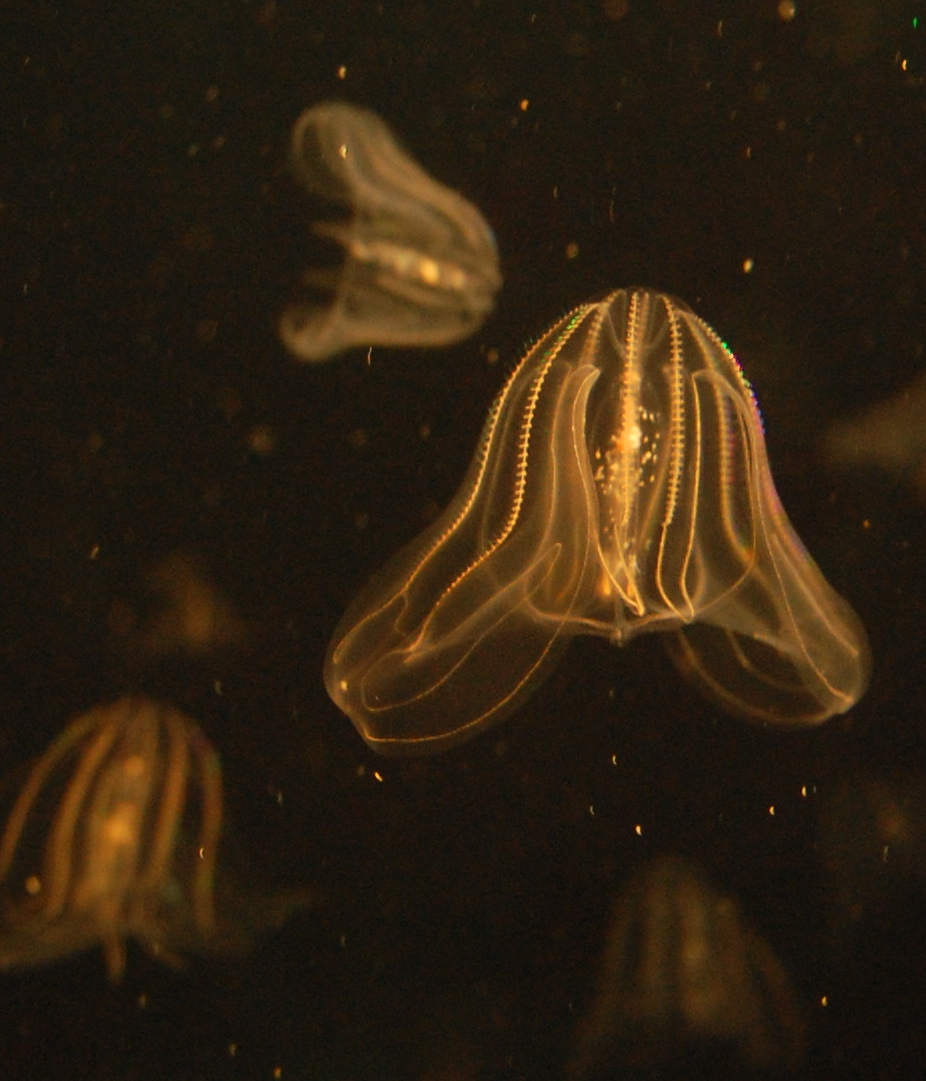
Sci&Tech Editor Francesca Benson discusses the Sea Walnut, a creature with a rather unusual method of waste disposal
Although it looks similar to a jellyfish, Mnemiopsis leidyi is part of an entirely separate family called comb jellies or ctenophores. Also known as the sea walnut or warty comb jelly, they have 4 rows of fused cilia known as combs that are used to propel them through the water. These combs are not bioluminescent, however they refract light and appear to glow a blue-green colour. Comb jellies are the largest known organisms to use cilia for movement. The warty comb jelly is a hermaphroditic species, meaning that they produce both eggs and sperm and are thus capable of self-fertilisation. They are also carnivorous, consuming smaller organisms such as zooplankton and sometimes even resorting to cannibalism.
“These combs are not bioluminescent, however they refract light and appear to glow a blue-green colour
New discoveries about how it expels waste have made Mnemiopsis leidyi a talking point in the news. Unlike jellyfish, which eat and defecate out of the same hole, the warty comb jelly does so out of two separate orifices. However, it has been found that their anus only appears when the time to poop arises. A recent study showed that the warty comb jelly expels waste on a set time schedule, and the anus vanishes between these set times. The gut and epidermis are both one cell thick, and are thought to form a ‘ring of fusion’ to produce the anus when contact is made as the gut fills up and expands.
According to the researcher who made this discovery, no other animal has been shown to share this physiological quirk. This means that the warty comb jelly could represent a missing link between organisms that evolved a separate anus and those that didn’t.
This article initially appeared in Redbrick issue 1505 on Friday 22nd March 2019

Comments